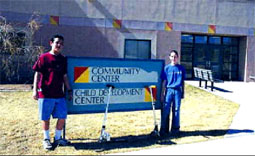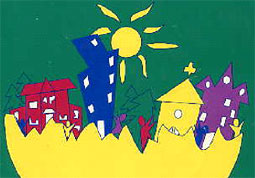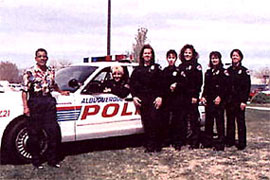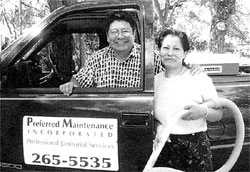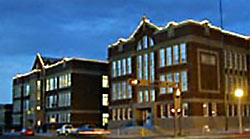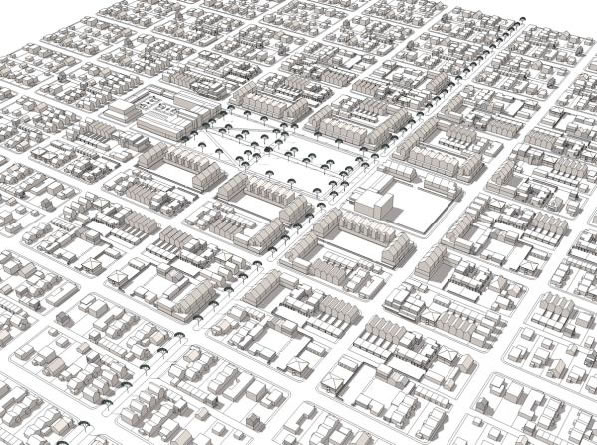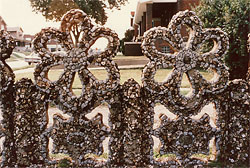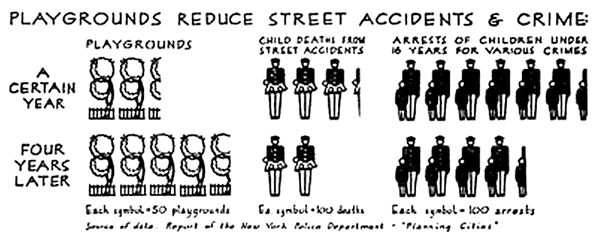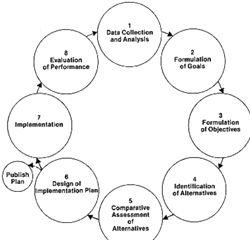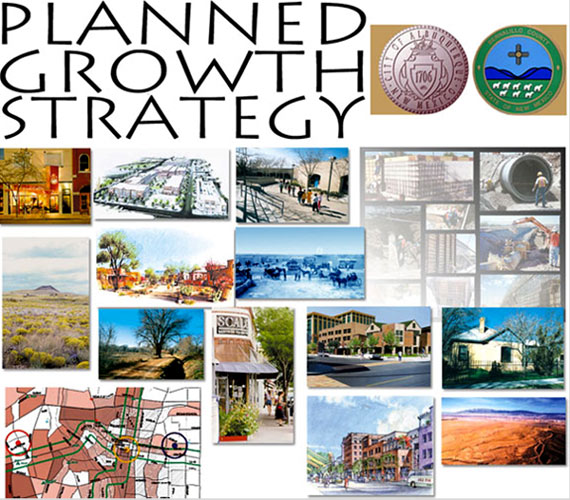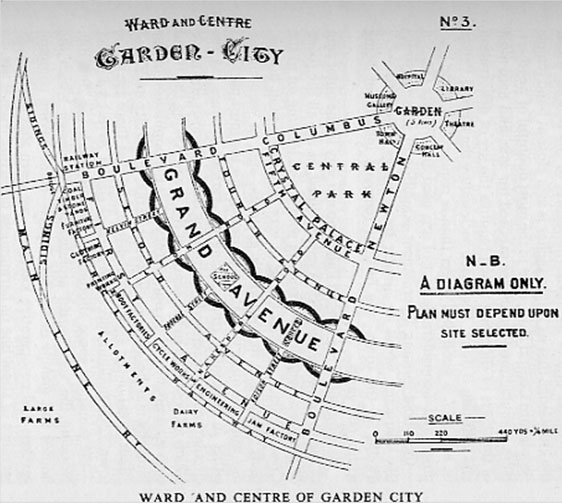Topic 12: Neighborhood Informal Helping & Assets Based Community Development (ABCD)
Part 1: Human Services and Neighborhoods Part 2: Establishing Institutional Partnerships People turn first to family, friends, and neighbors when problems arise in their lives. This “informal helping” is voluntary, spontaneous, individualized, flexible, based on self-reliance, and is reciprocal in nature. Such helping breaks down barriers created by “provider” and “client” relationships and helps overcome […]
Topic 12: Neighborhood Informal Helping & Assets Based Community Development (ABCD) Read More »
